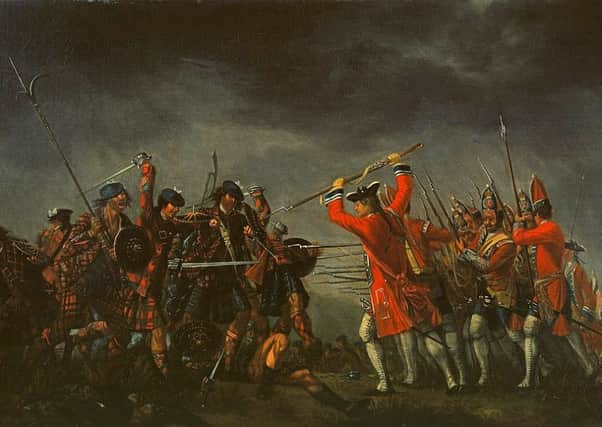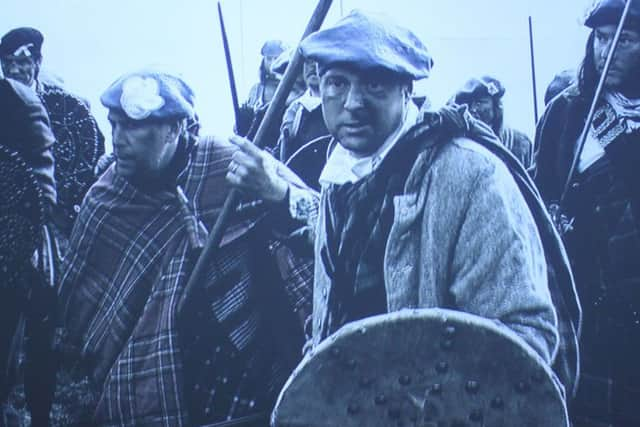Jacobites and the slave trade: new study underway


Researchers at Culloden Battlefield near Inverness are to investigate the Jacobite exiles who went on to own plantations in the West Indies and the hundreds of rebels deported as indentured servants following the decisive Hanoverian victory in 1746.
Catriona McIntosh, head education guide and the centre, said there was growing interest in both how the rebellion was financed and what happened to its supporters following the defeat of Bonnie Prince Charlie’s army.


Advertisement
Hide AdAdvertisement
Hide AdMs McIntosh said: “As we researched answers to these questions, we have begun to discover some very interesting stories.
“There many individuals who were involved in the transatlantic slave trade, both on the run Jacobites turned plantation owners, and people who were shipped to the Caribbean and the Americas as indentured labour.
“One of the questions we wish to investigate is where the individuals went and who benefited financially from the transportation process.
“Additionally we would like to look at the experience of transportation, and it’s repercussions today.”


Advertisement
Hide AdAdvertisement
Hide AdEarly research has found that only around one in 20 Jacobites - both fighters and civilian supporters - received a trial following the end of the 1745 uprising.
Of the 3,471 individuals rounded up by Government forces following Culloden, 936 people were deported as indentured labourers.
They were sent to both “his Majesties plantations beyond the seas, there to remain for a space of seven years” as well as to privately owned plantations, Ms McIntosh said.
She added: “This is an important story for the site and one that is not often talked about. There is a responsibility working at such an iconic and emotive site to engage honestly and openly with this aspect of the conflict and provide a platform for these challenging stories to be discussed.
Advertisement
Hide AdAdvertisement
Hide Ad“We are very excited to discover more about the connection.”
Passengers rolls which list some of the Jacobites transported to the colonies have already come to light.
Around 150 prisoners left Liverpool on The Veteran for the Leeward Islands in the West Indies on May 8 1747.
The passengers lists give vast detail on those on board, who included men such as Robert Adam, 18, a labourer from Stirling. Described as a non-combatant - with “brown hair, smooth face” - he was captured at Carlisle on December 30 1745.
Advertisement
Hide AdAdvertisement
Hide AdAlso on the ship’s rolls was William Bell, 46, a bookseller from Berwickshire, a soldier with the Manchester Regiment Rank. Captured at Carlisle on December 30 1745, Bell - who was 5ft 1ins with black curled hair and “strong made - was a prisoner at Carlisle and York Castle.
The fate of 150 prisoners was to dramatically alter, however, after the ship was taken by the privateer vessel, Diamond, which was commanded by Paul Marsale.
It was carried into the French colony of Martinique, on 30 June 1747 with all prisoners aboard released and a small number enlisted in the French regiments, a small boost to the Jacobite cause.
Meanwhile, at home, ordinary Scots not linked to the rebellion were feeling the devastating economic impact of the uprising.
Advertisement
Hide AdAdvertisement
Hide AdA diary of an Aberdeenshire carpenter recently acquired by Aberdeen University revealed the extent of the impact on living standards following both the 1714 and 1745 uprisings given the surge of price in materials, a loss in spending confidence and widespread damage and fear caused by the rebels.
